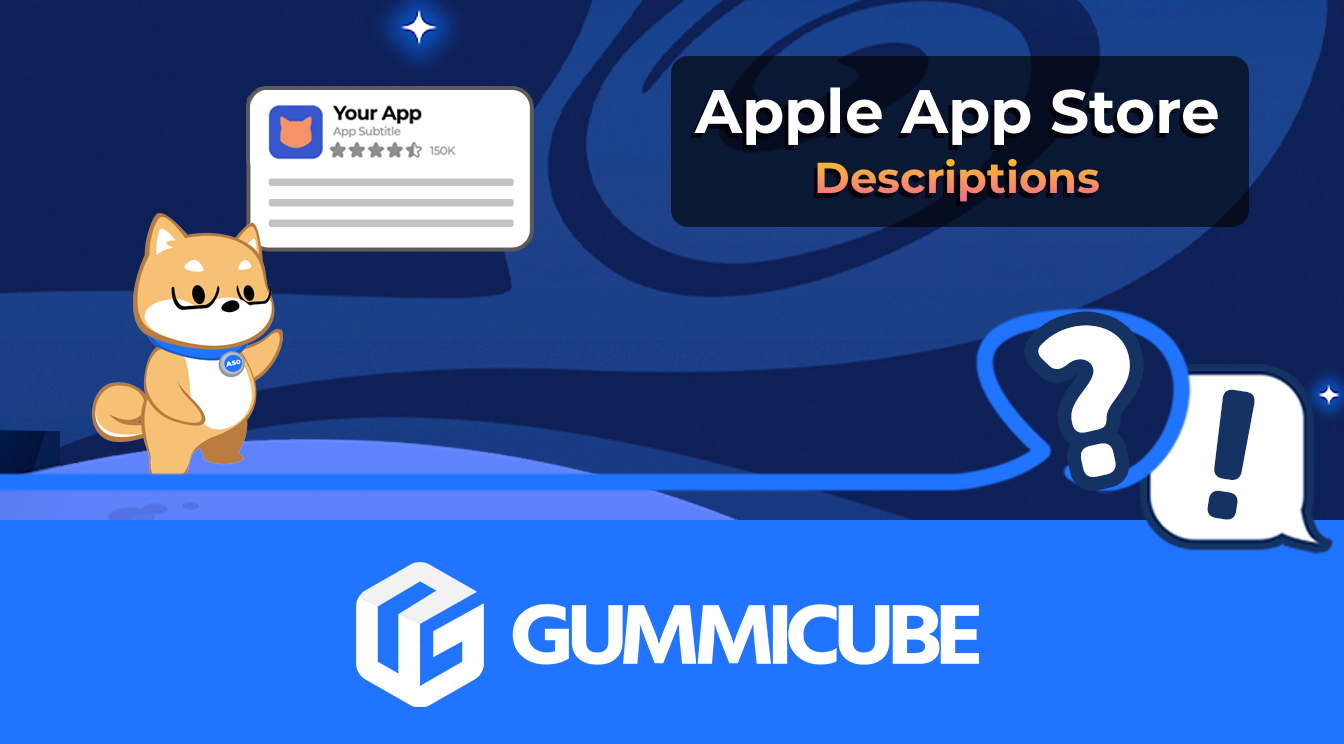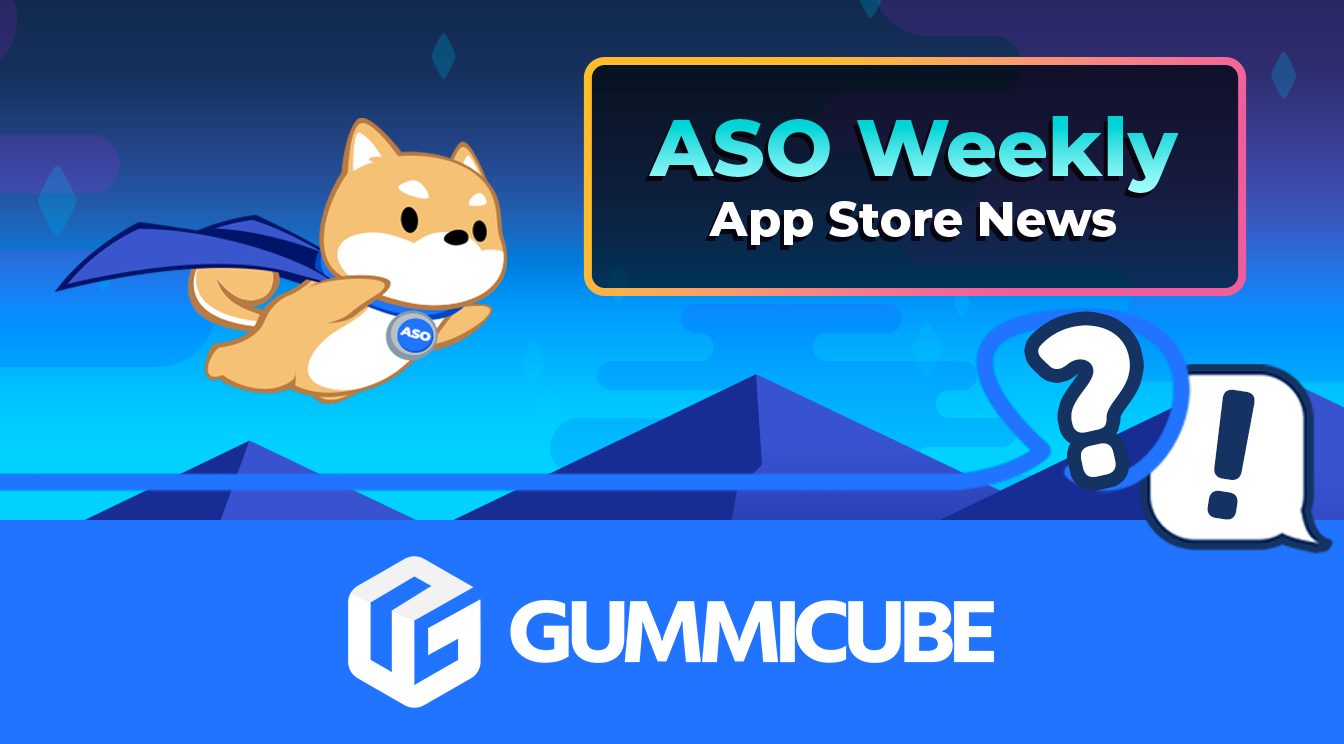
How to Write an Apple App Store Description
Posted on July 17th, 2024
Learn how to approach App Store descriptions the right way so you can effectively engage and convert users.

When you launch an app on the Google Play Store, you’ll want to ensure users will like what they see. Your creatives, including the Google Play Screenshots and Promo Video, will make a major difference in whether or not users convert. In order to assist, Google has published advice for managing graphic assets alongside the guidelines, which can be used to assist with your App Store Optimization.
Developers can add up to eight screenshots for their app for each supported device type. This may require designing different screenshots for different screen sizes, including phones, tablets and Android TV. When users view the app on the Play Store website, they’ll see phone screenshots before tablet or Android TV screenshots.
Google notes that on the Play Store Android app, screenshots may be displayed in search results and on the Google Play homepage. Make sure that your first screenshots focus on the most important aspects of the app to improve the chances of users clicking on it.
The screenshot requirements are formatting-based. These are:
While the requirements are basic, there are still suggestions that are important if you want your screenshots to attract users.
Screenshots may be shown across Google Play, not just on the store listing alone. As such, the screenshots should “convey the essence of your app or game.” Those that do not may be less likely to be promoted on the Play Store or may be unable to be displayed in some areas.
Google also advises against including content that “reflects or suggests Play Store performance, ranking, or price and promotional” information. Calling out value propositions is still recommended, as those have been shown in experiments to have higher conversions.
Google also has specific recommendations for mobile games:
“For games, some sections of the Play Store show groups of recommended games in a large format using landscape screenshots. This drives higher conversion rate compared to showing app icons only.”
In order for a screenshot to be eligible for being displayed this way, developers should provide three landscape screenshots (16:9 aspect ratio). If the game is played in portrait mode, the landscape screenshots should be added after the portrait ones. Developers should ensure the screenshots properly depict the in-game experience.
The Google Play Promo Video is another important visual component. While not required, Google states “we highly recommend providing a promo video for games particularly. ”
Like screenshots, promo videos may be displayed in search results and on the homepage. Some sections of the Play Store include groups of recommended games, which may include promo videos – according to Google, these can drive more conversions than just an app icon.
That being said, just a video alone does not guarantee more downloads. Videos should be tested to see how they impact conversions.
Google Play’s requirements for Promo Videos are designed to ensure users can watch the videos without interruption. Promo Videos must:
Along with the requirements, Google has a list of recommendations. Videos should be informative and convey the core features of the app; those that do are more likely to be promoted on the store.
Videos should demonstrate the actual in-app experience. Google recommends using the first 30 seconds to focus on the core features and content. This should be used to set proper user expectations so users will know what they get when they download the app.
This includes using footage captured from the app itself. Google recommends against overusing pre-rendered footage, such as game cutscenes, which should be utilized to support the actual in-app experience.
While Google does allow using footage from outside the app, such as people using the phone or tapping, the recommendations advise against it. The exception to this is if the usage or gameplay is off-device, such as how AR apps involve interacting with the environment, or shipping apps involve packages being delivered.
These guidelines should be kept in mind and experimented with to varying levels so that you can see how they impact conversions.
Google’s advice includes some important best practices for Google Play Screenshots and Promo Videos. Developers preparing their visual assets should take it into consideration, especially if it can improve their chances of being featured in the Play Store, on lists or in recommendations.
Adhering to Google’s guidelines and considering these recommendations are only the first step to optimizing creatives for conversion. There are many more best practices developers should consider, such as A/B testing creative variants to see how well the recommendations work for your app. These additional steps are an important part of an App Store Optimization strategy that should be taken into account when designing creative sets.
Want to learn more about App Store Optimization? Contact Gummicube and we’ll help get your strategy started.

Learn how to approach App Store descriptions the right way so you can effectively engage and convert users.

Learn how to grab your audience's attention through effective and engaging app store preview videos.

Welcome to this week’s ASO Weekly - The App Store halts gambling ads amidst outcry and the Apple takes a bite out of NFT app sales.